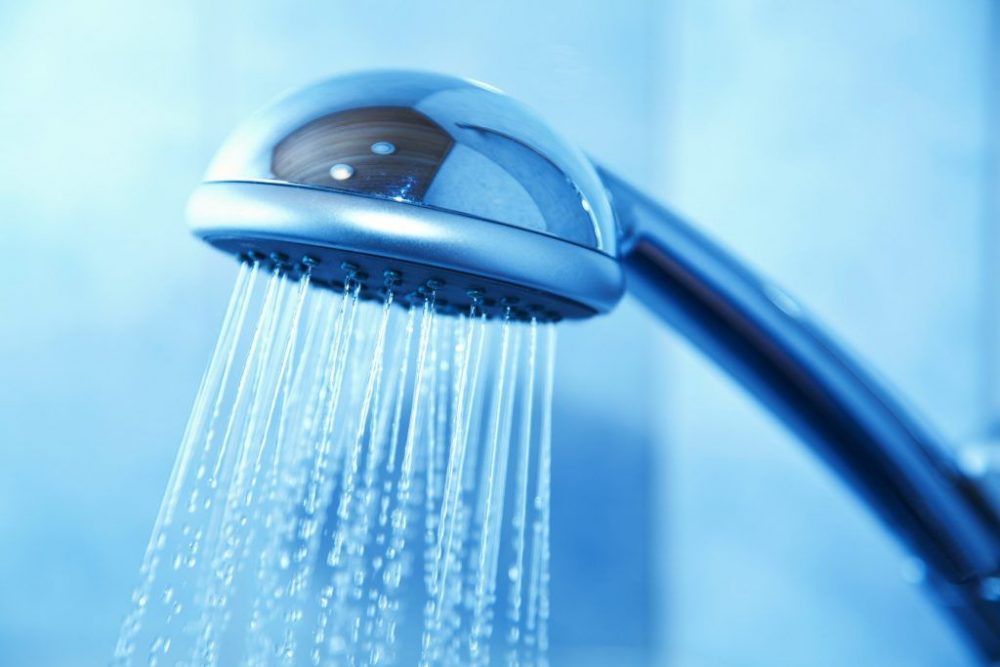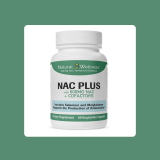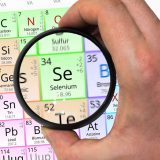

Chlorine is one of the most commonly used chemicals in the world. While it is an element, it is not found in free form in nature due to its affinity for combining with almost any other element. It occurs most often as common salt (NaCl), carnalite or sylvite. It is used in industry and households as a bleaching, oxidizing and disinfecting agent. Many different chemical products are created using chlorine, and its highly caustic nature is demonstrated by its use as a chemical weapon in World War I.
The ways in which chlorine is most often used in American households is as laundry bleach, for drinking/bathing/cooking, in swimming pools and gardening. It is interesting to note that one primary use of chlorine by municipalities is described as: “for producing safe drinking water.” While chlorine’s bactericidal efficacy is well-documented, water treated with this chemical can hardly be described as safe.
In fact, exposure to chlorinated water is associated with many negative health effects, including, but not limited to:
- Skin and eye irritation
- Allergies and asthma
- Pulmonary edema
- Bronchospasm
- Dental enamel erosion
- Imbalance of gut microflora
- Coronary heart disease
- Bladder and rectal cancer
- Spontaneous abortion and stillbirths in pregnant women
This short list provides cause for concern about the chlorine levels in our household water. Small wonder that so many American homes use filtered water for drinking and, while this is a good start, it is not enough. In fact, research indicates that the greater risk of chlorine exposure comes from inhaling chlorine gas in the shower and absorbing it through the skin when taking a bath or swimming in the pool.
When chlorinated water is heated, the chlorine gas will be released into the air and can be inhaled when this occurs in a shower or bath. In addition, skin that is soaked in hot water will become more porous, creating a large surface area for the absorption of chlorine. Moreover, the carcinogenic chemicals that are created when chlorine reacts with bacteria and other naturally occurring elements in water – trihalomethane and chloroform – are readily absorbed in these conditions. The same vectors for exposure occur when swimming in chlorinated pools. This can be an even greater risk for exposure as the average time spent in a pool can be considerably longer than that spent in a bath or shower, especially for children. Studies point to a significant increase in risk for asthma and allergies in children who swim in pools sanitized with chlorine.
And Then There’s Splenda
Splenda or sucralose is a chlorinated sweetener. It is not sugar and it is not natural. It is a chemically produced sweetener, created by replacing hydroxyl groups on the sugar molecule with chlorine. While there have been no long-term studies to determine the possible negative health effects of sucralose consumption, there is copious evidence of the toxic nature of chlorine to the human body. This begs the question; is the calorie savings worth the risk of adding more chlorine to an already overloaded system?
What Can Be Done?
Many Americans already drink purified water, either from their own pitcher, tap filtration or from a bottled water supplier. If you do not currently use filtered water for drinking and cooking, this is a good first step – but more should be done to protect your family from chlorine exposure and to minimize the effects when you are exposed.
Consider these 10 steps to protect your family from the insidious health effects of long-term chlorine exposure:
- Stop eating and drinking products sweetened with sucralose.
- Use filtered water for drinking, cooking, etc.
- Filter bath, shower and bathroom faucet water.
- Install a whole house water filter.
- Limit swimming pool time to less than 30 minutes.
- Thoroughly rinse entire body after swimming.
- Use a non-chlorine based water purification system for your swimming pool.
- Use a good liver support nutritional complex daily to aid in general detoxification.
- Use a well-designed probiotic supplement daily to support colon health.
- Perform a liver/colon cleansing detox program 3-4 times per year.
To be sure, even if you take all of these steps, you will not completely free yourself of chlorine exposure as there are just too many sources of this ubiquitous toxin. And there are plenty of other toxic substances in our environment, food and water sources to avoid contamination completely. All the more reason to live a clean lifestyle: eat primarily fresh whole foods cooked at home, exercise regularly and use nutritional supplements judiciously to support your body’s natural cleansing systems.




